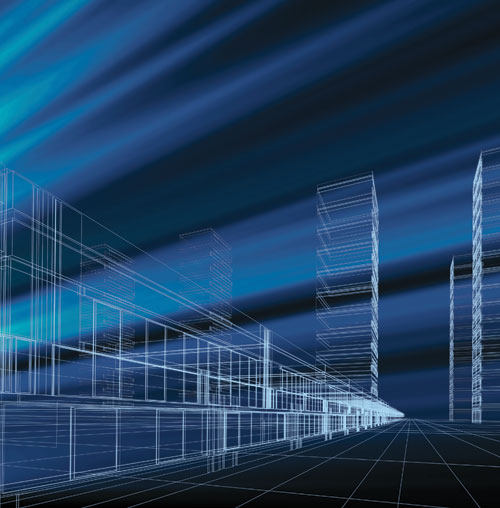BIM Interoperability and Relational Databases
Learning Objectives:
- Explore the basic concept and uses of relational databases as compared to alternative file types and data structures.
- Investigate the improvements in project coordination that can be obtained by linking drawings and specifications through the use of relational databases.
- Determine the benefits of using relational databases in the preparation and updating of cost estimates.
- Identify the conceptual ways that dissimilar design and construction documentation software applications can achieve interoperability.
Credits:
Architectural practice continues to be increasingly influenced by and dependent on computer technology. Significant advances have been made in hardware and software that allow architects, owners and other design professionals to have ready access to an ever-increasing body of information or data from which to make decisions. Organizing that data so it is in a useful and coordinated form is the ongoing focus of many professionals. Those that take advantage of linking that data together using some fundamental principles discover that they can not only work from a base that is quite manageable, they can also save significantly on time and costs associated with some important work functions such as specification writing and cost estimating. In addition, connecting dissimilar applications is now possible, providing even greater opportunities for improved project coordination and greater efficiency.
Overview of Data Management
Most people who use computers are already quite familiar with databases that stand alone as separate files. A report or specification section created in word processing, a table in a spreadsheet, and CADD drawings are all examples of such stand-alone files. This type of electronic file is also sometimes called a "flat file" and is not conceptually unlike the common flat file drawers that designers have historically used to store drawings. Each flat file is saved and stored separately. Perhaps they are stored with related files in a common folder, but each is distinct from the other with no particular relationship of the information contained in any of them, except as gleaned and perceived by the viewer or occasionally as copied from one to the other.
By comparison, data tables that are linked together electronically create a multi-dimensional storage and retrieval system that is much more powerful than flat files. The common term for this type of electronic file is a "relational database." Simply defined, a relational database is a method of structuring data as collections of tables that are logically associated to each other by shared attributes so that the data can be reorganized, accessed and reported in a number of different ways without having to reconstruct or re-enter the data. The key advantage is the use of organized tables that have basic data entered once. The information in those tables is then connected or linked to other tables by software that allows that data to be used in different useful ways. The "relational" part of the name comes into play because of the way each table is connected, or related to the other tables. A typical relational database has anywhere from 10 to more than 1,000 tables. Each table contains a column or columns that other tables can key on to connect to the information in that table. The specific software type that keeps track of all of the data in all of the columns in all of the tables is called a relational database management system (RDBMS). Essentially, it is software that controls the storage, retrieval, deletion, security and integrity of data within a relational database.
 |









